How Much Should a Stove Cost?
When it comes to picking the right stove for your home, it’s not advisable to simply choose the one you think looks the nicest. In fact, there are many elements to consider, from fuel type and heat output to the flue, hearth and how it’s installed.
So, here are your key options and a rough guideline for how much you’re likely to pay overall for your ideal appliance.
Read more: Stoves and Fireplaces for Every Look
Stove Fuel Options
Your stove will be set up to function alongside a certain type of fuel, and the different parts needed cause variations in price. Thinking ahead, bear in mind that the availability and cost of fuel will affect how much you’ll spend on running your heating appliance in the long term.
“Woodburners are usually less expensive to manufacture than stoves that burn coal or other mineral fuels because the latter usually has an additional grate (to allow air to circulate from below the fire) and an ash pan,” says Mark Blewitt from Esse.
Find heating products and suppliers in the Build It Directory
Expect to pay from around £500 for a good quality 4kW woodburning stove, but as with all appliances, prices vary dramatically depending on style, features and output. Timber is generally an affordable and readily available fuel, especially if you have a local supply.
Top Tips: Stoves for a smoke control areaMichael Coke from Stovax says:
Learn more: How to Choose a Woodburning Stove |
Multifuel units have all the tech of a woodburner, along with the parts and features needed to burn other fuels (including anthracite, briquettes and smokeless products), meaning they are likely to be priced higher (from approximately £600). Their setup means they offer the convenience of being able to switch to whatever the cheapest fuel is at any one time.
Electric stoves generally work on a lower heat output (1kW-2kW) and are therefore a cheaper option, starting from as little as £300. They are simply plugged into your home’s mains supply, meaning no flue. But bear in mind that mains electricity is an expensive commodity and energy prices are likely to rise in the future.
Available flued or flueless, gas units are one of the more expensive stove types, but often benefit from the cheapest fuel price per kW of heat produced. You can get a good quality gas stove from around £750.
Stove Design and Materials
Cast iron offers a traditional look and therefore remains a popular choice, but many modern stoves are constructed using welded steel plate.
“Cast iron units usually cost more to produce so can be priced higher; but there are designs made from a combination of materials,” says Ariana Hardison-Moschopoulou from Stovax. So it’s possible to get a heritage aesthetic at a more affordable price.
The look of a standard stove won’t have a massive impact on the cost because they are mostly made from the same materials; instead, the main factor will be the size, heat output and number of parts.
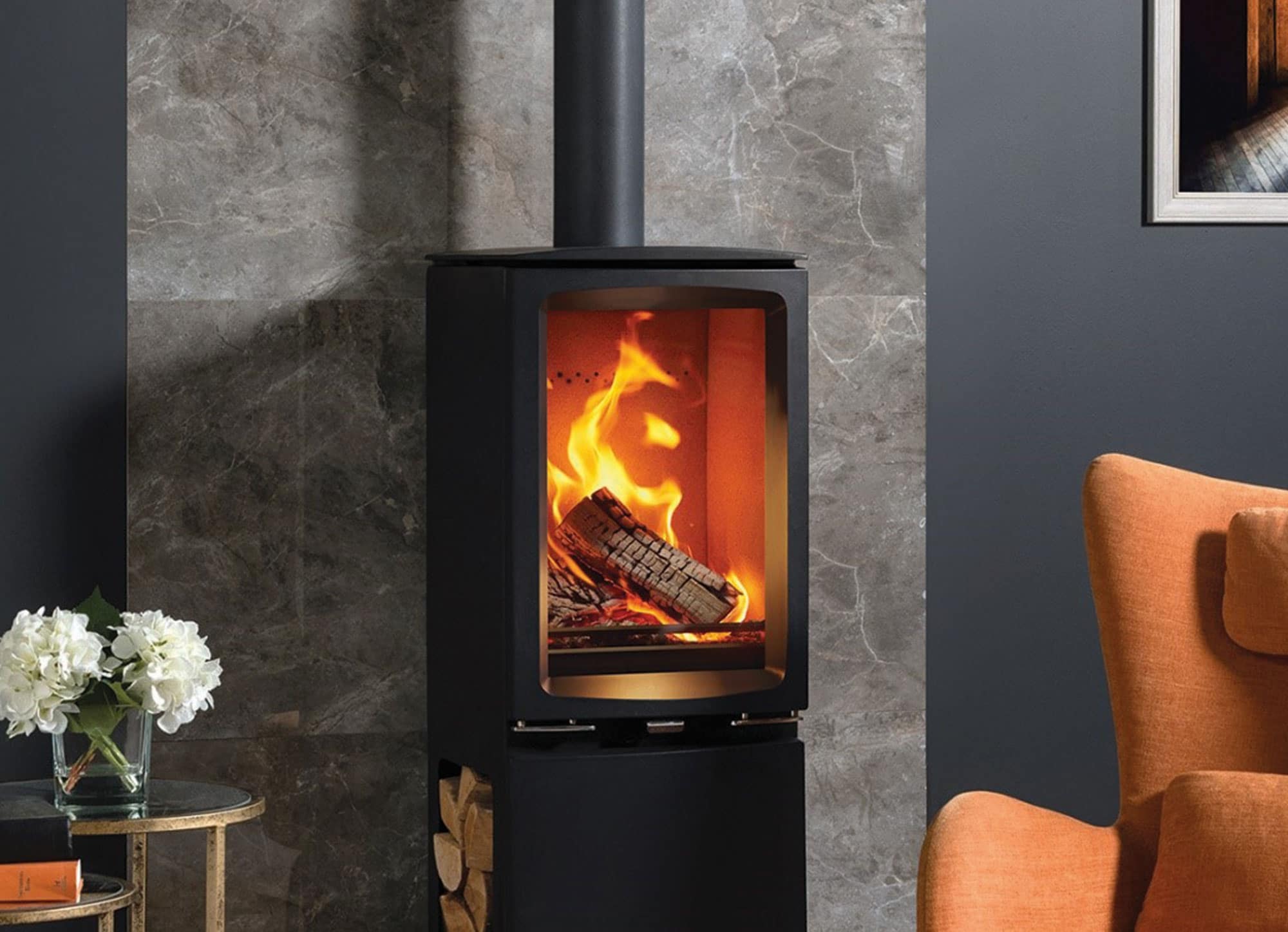
Tall Vogue Midi T Highline wood burning stove with log store from Stovax
Designer features such as double-fronted setups or 360° swivel functions need additional production time and materials (in turn upping the fees) as will popular extras, such as log store stands.
Flues & hearths
“Perhaps the most expensive part is the work required for the flue or chimney,” says Peter Mintoft from Charlton & Jenrick. If you don’t have a suitable outlet, you may face an additional expense of around £1,700 to fit a metal flue or pre-fabricated channel.
“Even with an existing chimney the flue may need to be lined – a metal solution might add £1,000 to the installation,” adds Peter. You could eliminate this expense entirely by opting for a flueless stove.
A hearth is generally needed to protect the floor and surrounding area from the heat. This is usually supplied by the retailer, but be aware that it’ll be an added extra, on top of the price for the appliance.
“A 12mm thick fireproof superimposed hearth will often be fine for modern stoves. Materials can range from stone, through all manner of tiles, to toughened glass,” says Peter. “Prices vary from £100 to well over £500, depending on the quality of materials, size and finish.”
Installation
You can expect to pay between £700-£1,000 for installation of the appliance itself, but each project is unique, so costs vary. Inset models may require more structural work than freestanding stoves (such as false walls and hidden flues), which will obviously raise the price.
It’s important to have your stove installed by a qualified fitter; having to redo a botch job will add unnecessary costs. Always check that the installer is registered – HETAS for solid fuels and the Gas Safe Register for gas appliances.
Replacing and installing a stove
Sandiacre Stoves’ HETAS engineers fitted this Ecodesign-ready Mendip Woodland multifuel stove (which can burn both wood and other fuels). The main steps were:
1 Safely remove the old, inefficient gas fire (pictured)
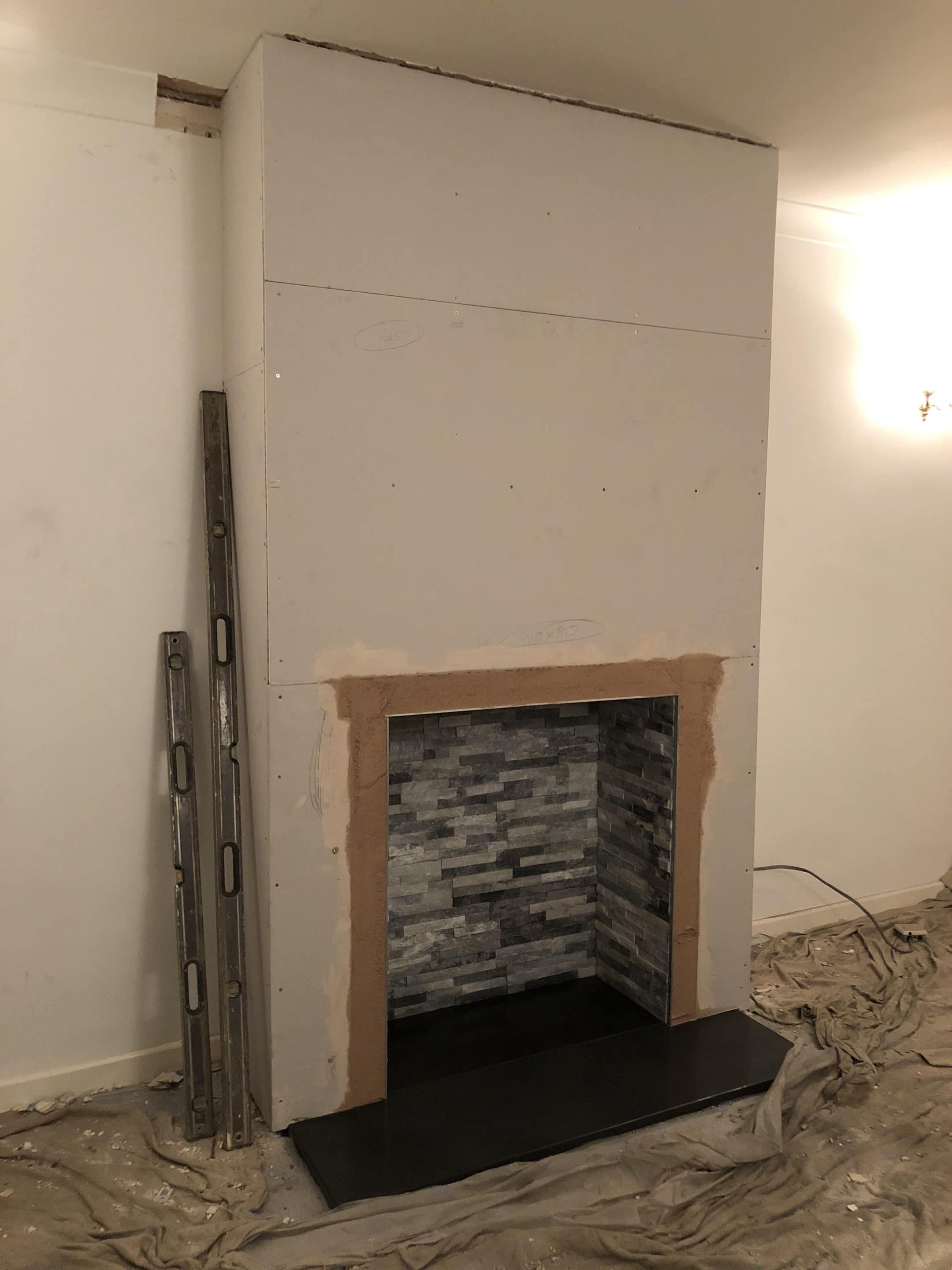
2 Carefully demolish the existing stud wall
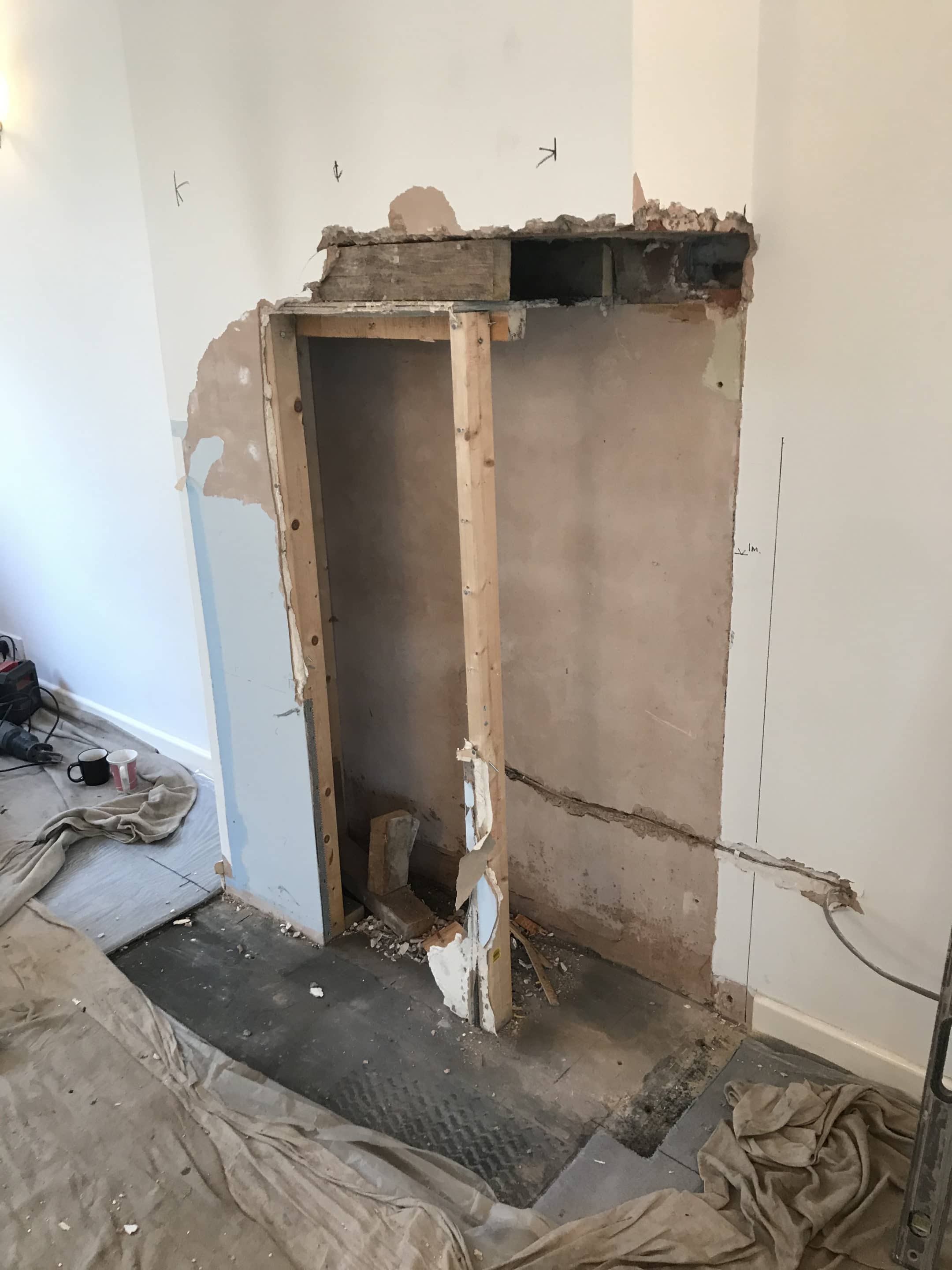
3 Rebuild the fire chamber, lay a solid slate hearth and line with silver quartz
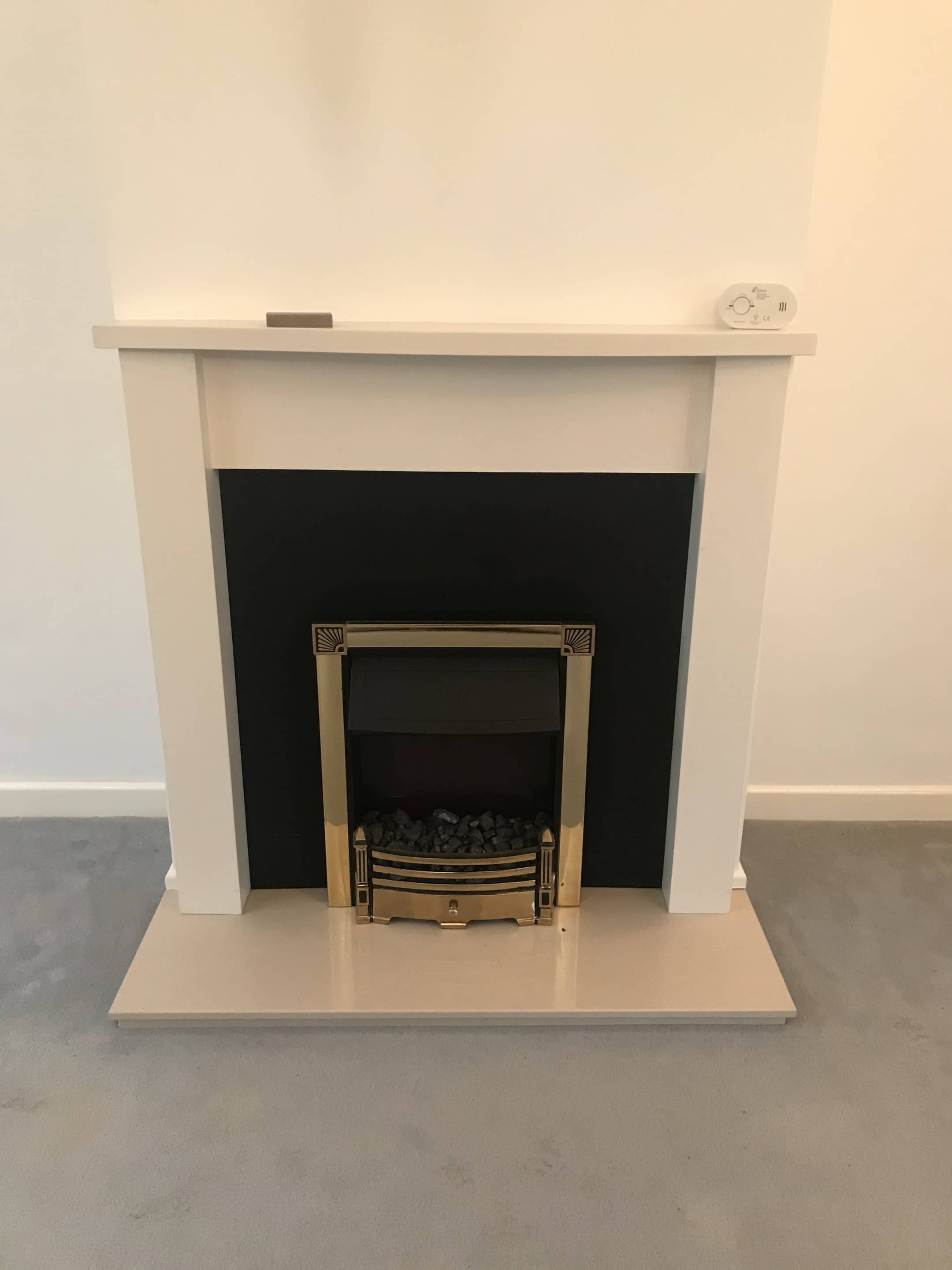
4 Fit a deep wood feature beam, then fit and test the woodburner.
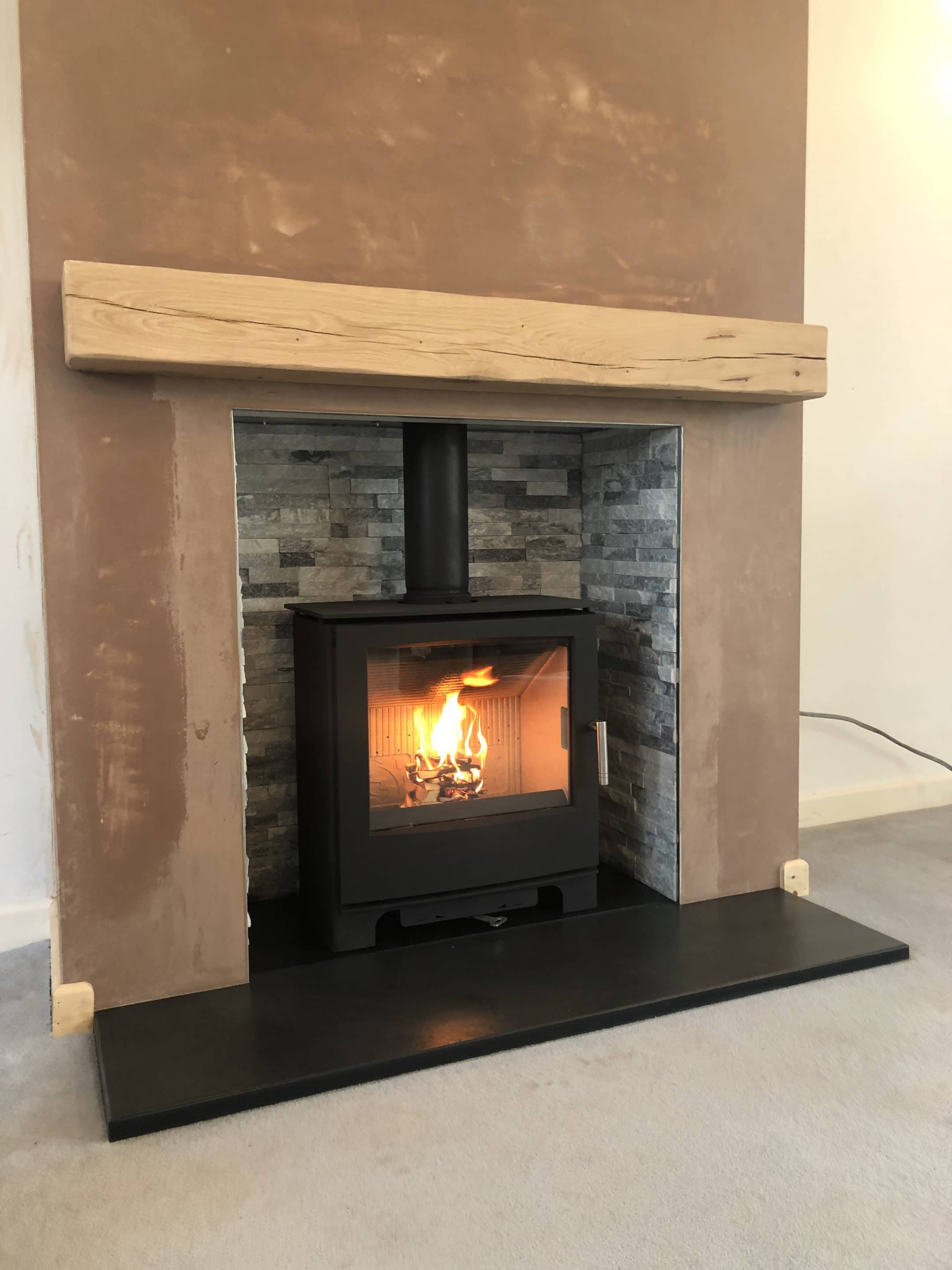
Main image: This 5kW woodburning stove is engineered from cast iron, plate steel and ceramic glass. Arc with store stand, by Charnwood
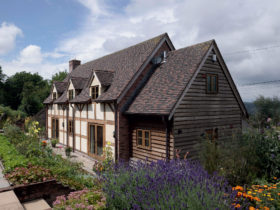































































































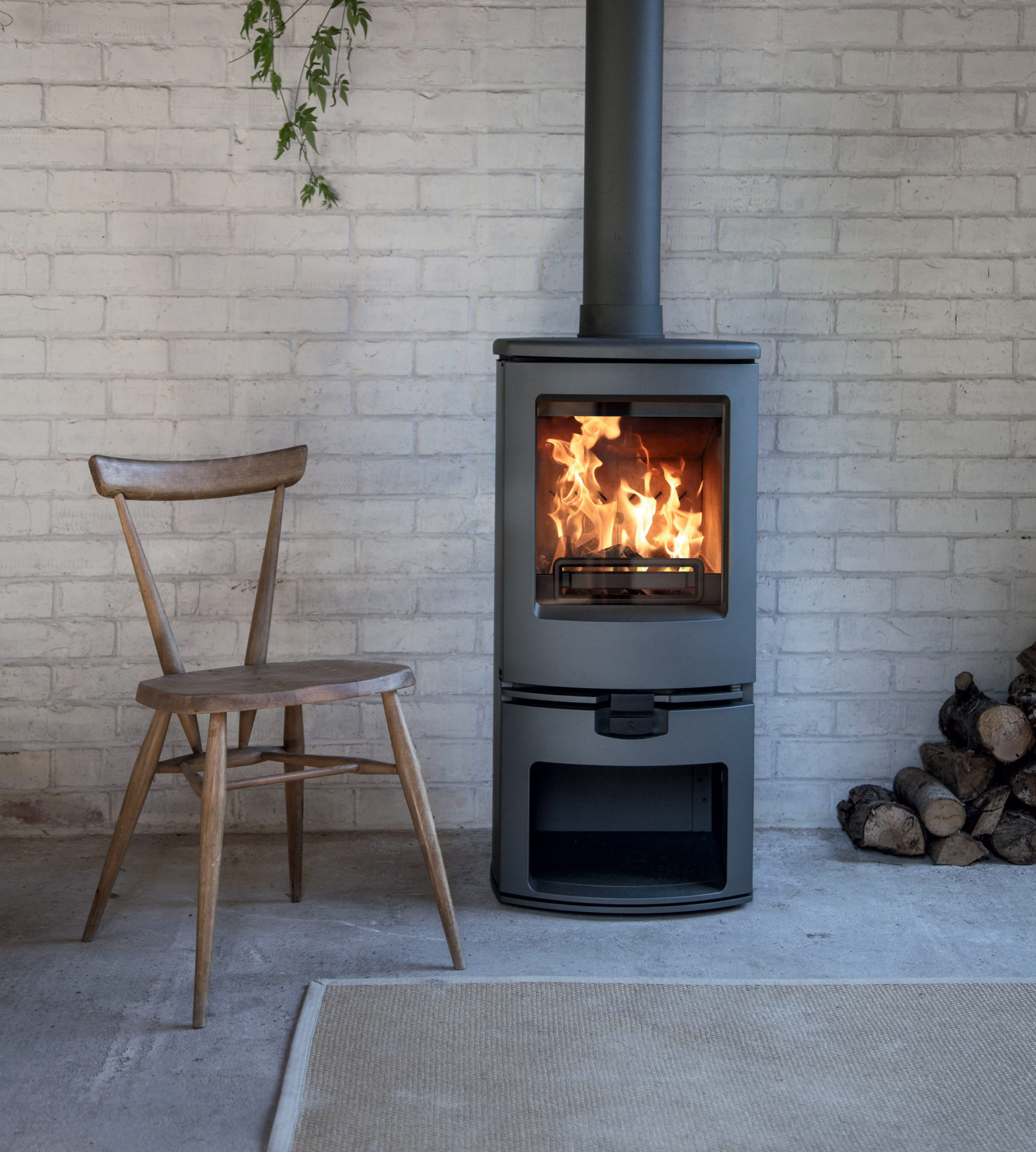
 Login/register to save Article for later
Login/register to save Article for later



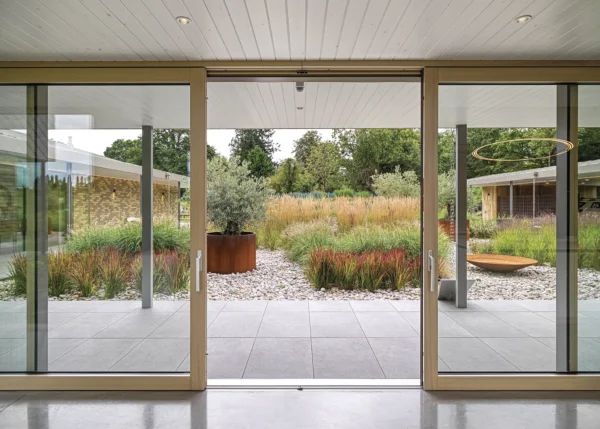
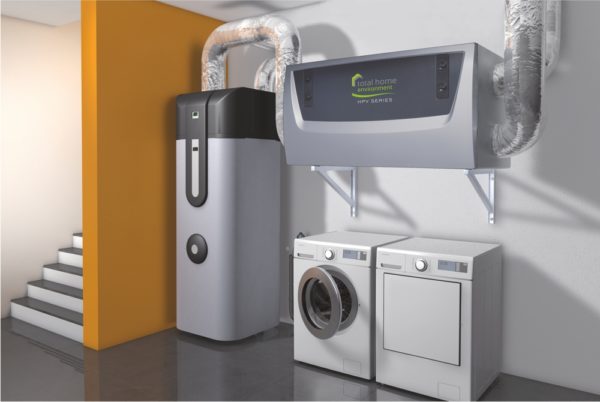
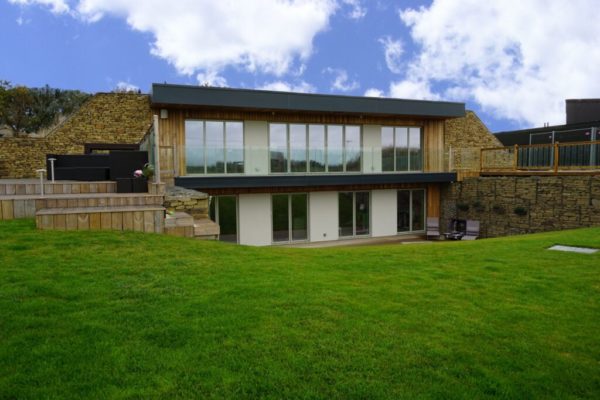
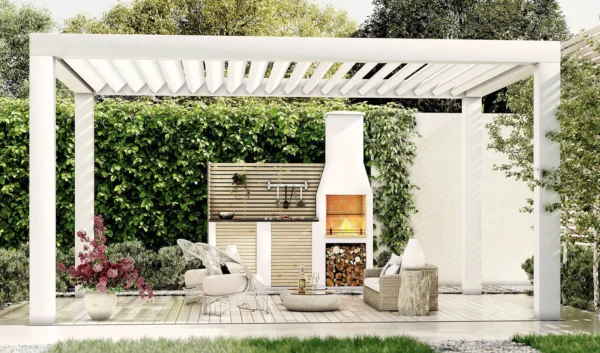





Thanks for this very informative article. I’m planning to buy a stove that my sister recommended. I was actually worried about the overall cost of buying and installing a stove, but now that I’ve read your post, I can now prepare my budget accordingly.